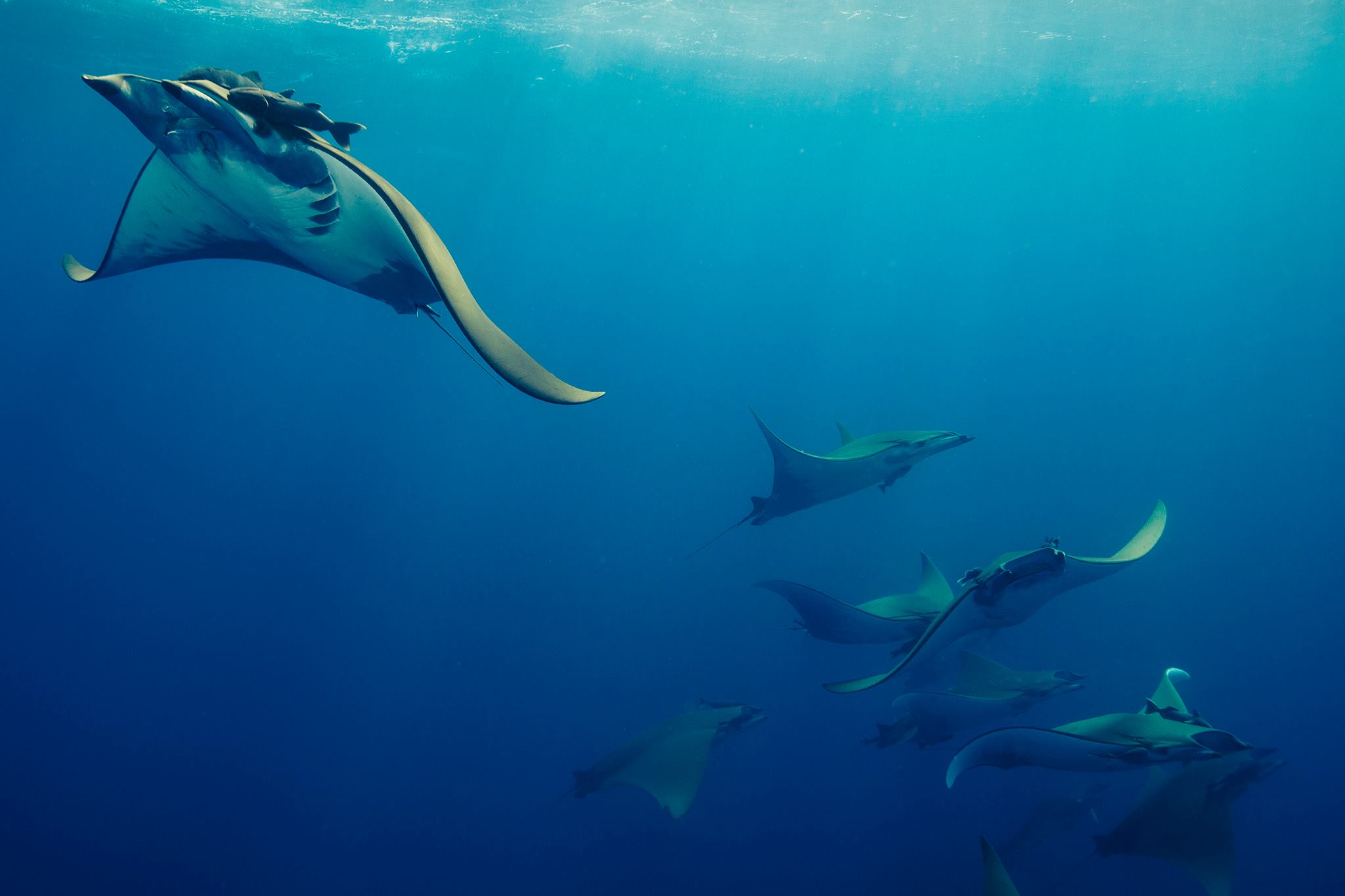I recently wrote a guest post on the Southern Fried Science blog about our recent paper on devil ray productivity, and what it means for the CITES proposal to list all devil rays (Mobula spp.) under Appendix II (in case you missed it, the proposal was approved!). In a nutshell, our paper indicates that:
“Taken together, the slow growth, low fecundity, and low maximum intrinsic rate of increase, all point toward devil rays having a very low productivity. This raises alarm bells, given the current fishing pressures and trade demand they are facing. Given that the productivity of devil rays is very similar to that of manta rays, our study suggests that both groups should be protected to a similar degree.”
Check out the whole blog post here!
 Chilean Devil Rays (Mobula tarapacana) swimming in the Azores.
Chilean Devil Rays (Mobula tarapacana) swimming in the Azores.
© Daniel Van Duinkerken — http://danielvandphoto.com — Instagram: daniel.van.d
